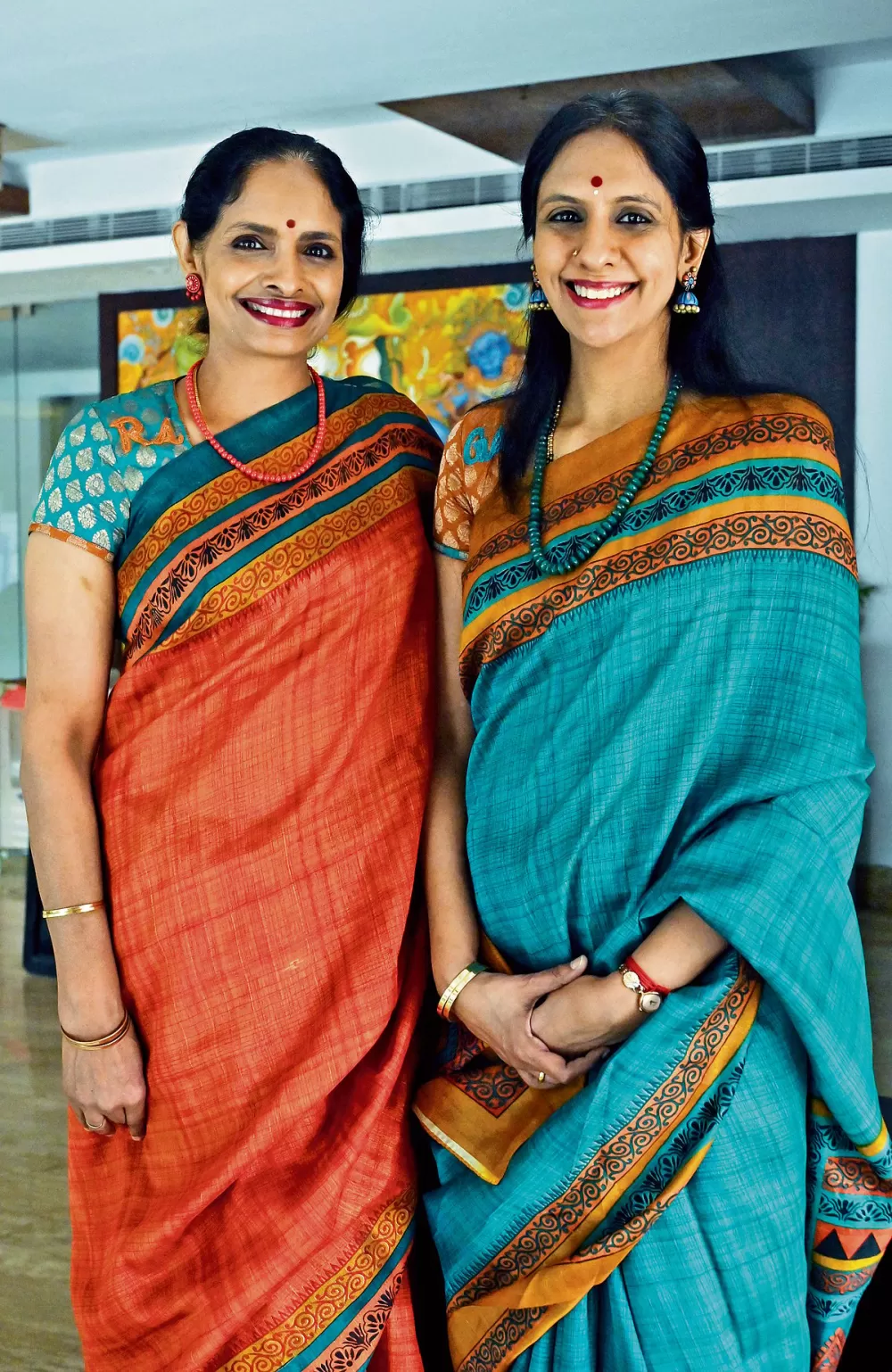The Soul's Symphony: Unpacking the Enduring Magic of Raga
Share- Nishadil
- November 17, 2025
- 0 Comments
- 3 minutes read
- 19 Views

Raga's Resurgence: Why Ancient Melodies Still Move Us Deeply
Step into the mesmerizing realm of raga, where each note tells a story. This article uncovers the timeless allure of Indian classical melodies, exploring their profound impact and the sheer artistry involved in bringing them to life for contemporary audiences.
There’s something truly primal, isn't there, about certain sounds? Something that bypasses the intellect and settles deep within the very core of who we are. For many, especially in the vibrant tapestry of Indian classical music, that 'something' is Raga. It’s not just a collection of notes, you see; it’s an entire universe of emotion, a meticulously crafted melodic framework that, honestly, feels less like music and more like a whispered conversation with the divine. And yet, for all its ancient roots, its power remains utterly, captivatingly present today.
Think for a moment about what a raga actually is. It’s far more than a simple scale. It's a specific arrangement of notes, yes, but crucially, it also dictates how those notes are approached, articulated, and adorned. There are microtones, oscillations, and subtle inflections – called gamakas – that breathe life into the melody, giving each raga its distinct personality. Some ragas evoke profound sorrow, others boundless joy, and still others a quiet contemplation. It’s a language, you could say, of feeling, intricately codified over centuries by musical masters. But here’s the thing: while structured, it's also incredibly fluid, leaving ample space for a musician’s spontaneous improvisation, their unique interpretation, which is where the real magic, the true human touch, often lies.
Witnessing a musician fully immersed in a raga is, in truth, an experience unlike any other. They don't just play the notes; they become the raga. Their fingers dance, their voice soars, their entire being a conduit for that particular melodic entity. The connection between artist and raga is intimate, almost sacred, and it's this profound relationship that truly transmits the essence to the listener. And the audience? We're not just passive observers. We're drawn into that space, invited to share in the journey, to feel the same swells of emotion, to appreciate the delicate nuances that make each rendition utterly unique, never to be precisely replicated again. It’s fleeting, ephemeral, and perhaps that’s what makes it so precious.
The enduring appeal of raga, then, isn’t merely about preserving tradition; it’s about a living, breathing art form that continues to evolve, continues to speak to new generations. Whether it's heard in a grand concert hall or a hushed, intimate gathering, its ability to move, to inspire, to connect us to something larger than ourselves, remains undiminished. It reminds us, perhaps, that even in our noisy, fast-paced world, there are still profound beauties that demand our quiet attention, our open hearts, and our willingness to simply listen. Because sometimes, the most complex truths are best conveyed through the elegant simplicity of a sustained note, or the delicate flourish of a melodic phrase.
Disclaimer: This article was generated in part using artificial intelligence and may contain errors or omissions. The content is provided for informational purposes only and does not constitute professional advice. We makes no representations or warranties regarding its accuracy, completeness, or reliability. Readers are advised to verify the information independently before relying on







